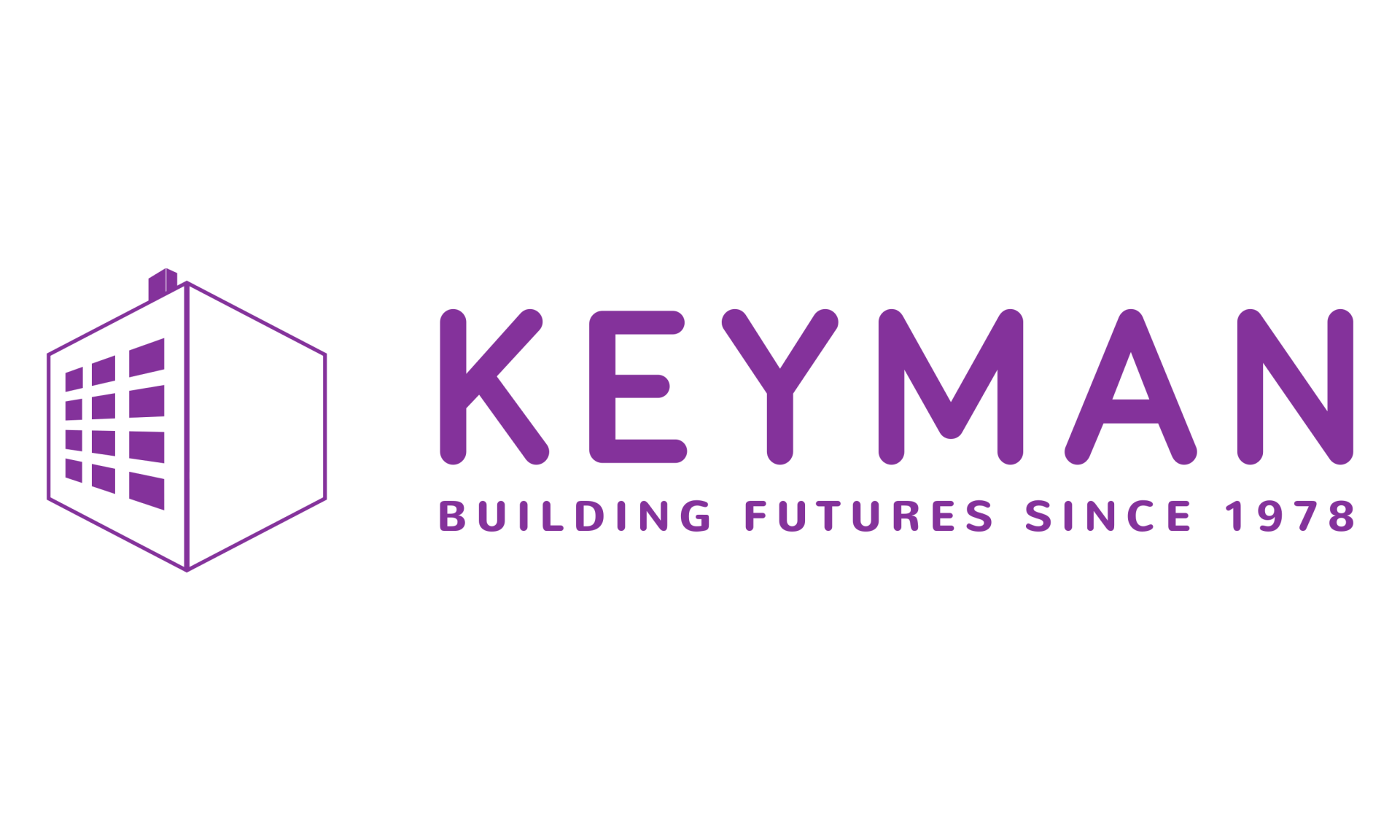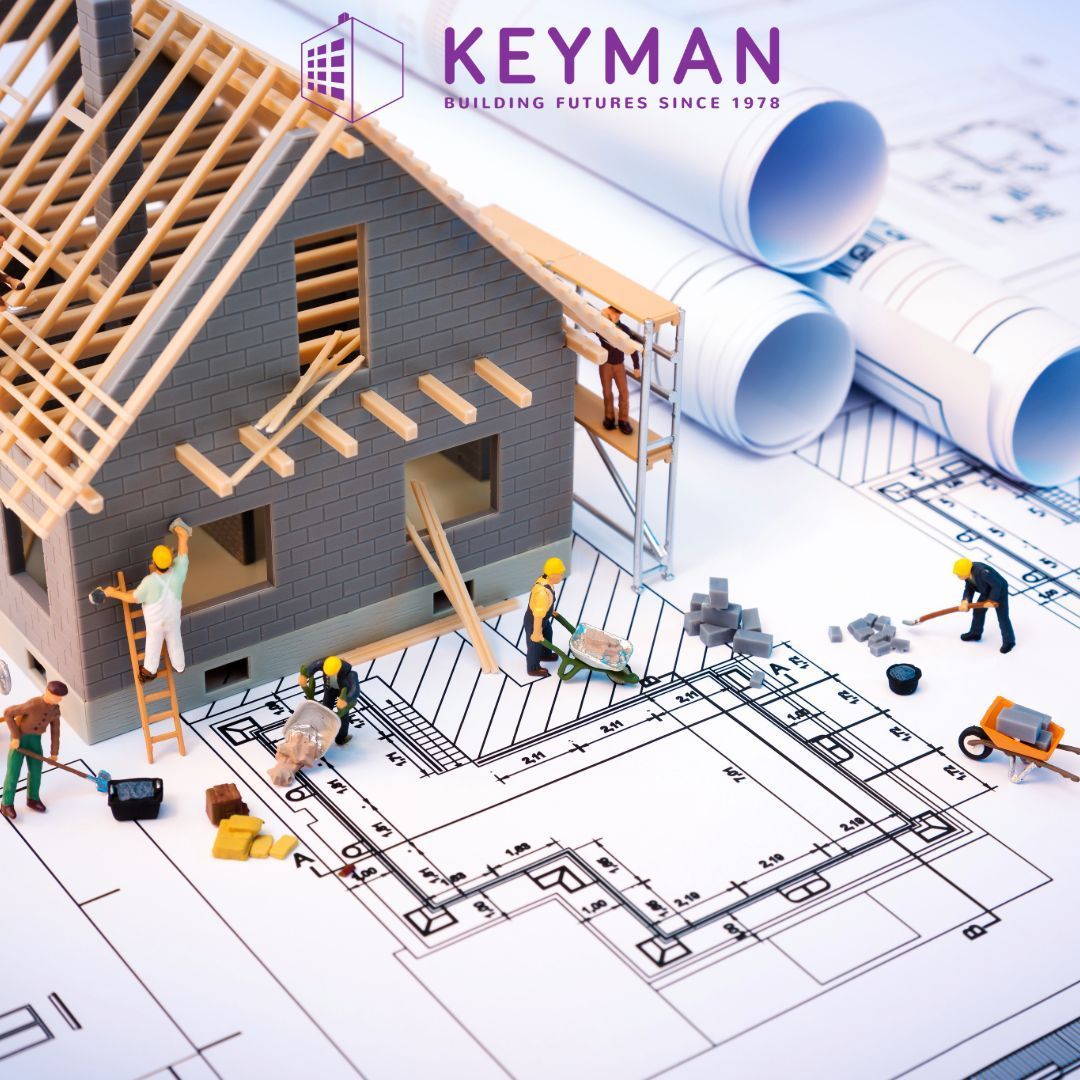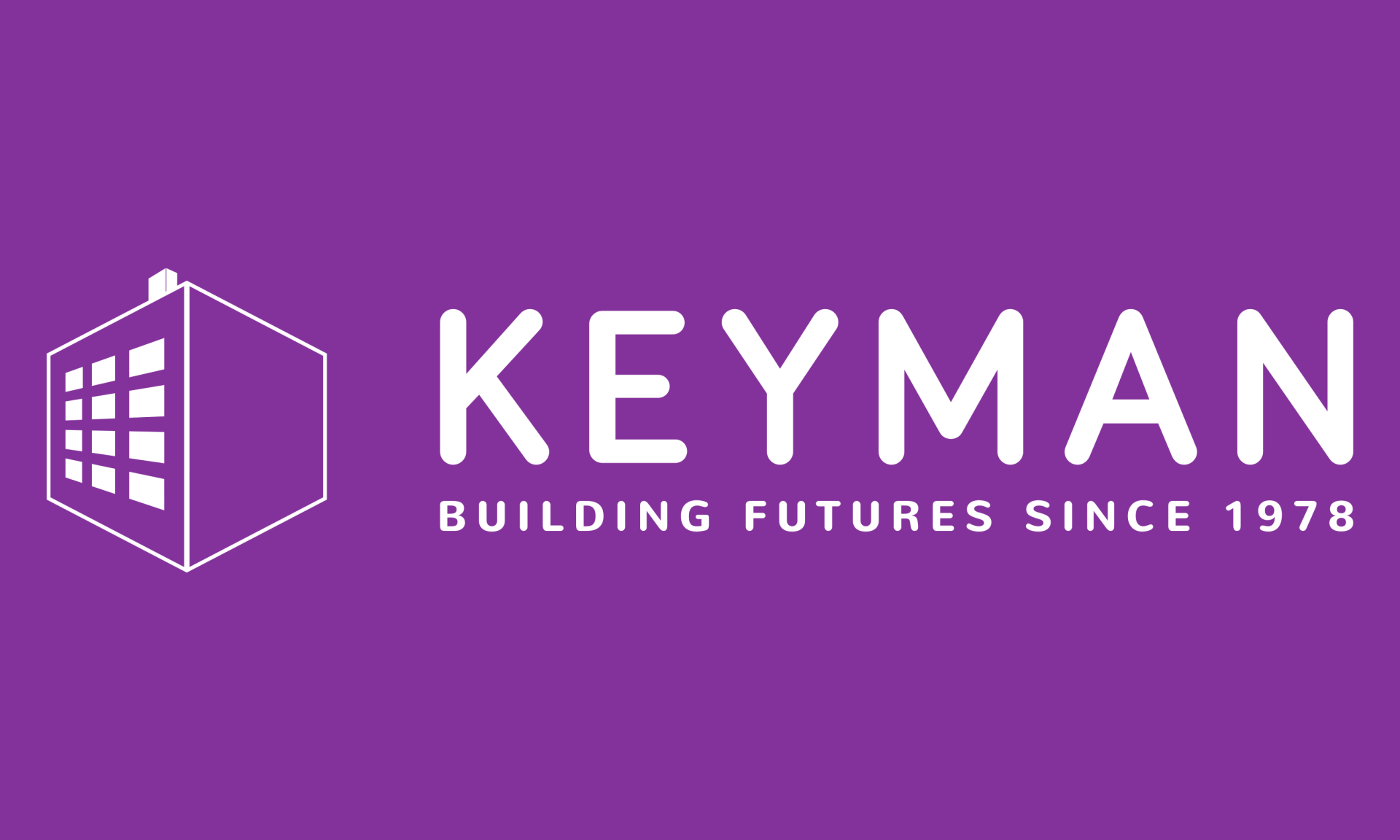
Green Roofing Solutions: Exploring the Benefits and Installation Processes of Green Roofs in Urban Environments
As urban environments continue to expand, the need for sustainable building practices becomes ever more pressing. One innovative solution gaining popularity in the UK is green roofing. Not only do green roofs offer aesthetic appeal, but they also provide numerous environmental, economic, and social benefits. In this blog, we will explore these advantages and delve into the installation process of green roofs, supported by statistics and expert quotes.
The Benefits of Green Roofs
Environmental Benefits
Improved Air Quality: Green roofs contribute to cleaner air by absorbing pollutants and carbon dioxide. According to a study by the University of Reading, a single square metre of green roof can capture up to 0.2 kg of particulate matter annually.
Urban Heat Island Effect: Green roofs help mitigate the urban heat island effect by providing natural insulation. A report from the Greater London Authority highlights that green roofs can reduce ambient temperatures by up to 2°C during peak summer months.
Biodiversity: Green roofs create habitats for various species, enhancing urban biodiversity. The Royal Horticultural Society notes that green roofs can support up to 86 different plant species, promoting a healthier ecosystem.
Economic Benefits
Energy Efficiency: Green roofs offer excellent insulation, reducing the need for heating in winter and cooling in summer. The Green Roof Centre estimates that buildings with green roofs can see energy savings of up to 15%.
Increased Property Value: Properties with green roofs are often valued higher due to their sustainability features and aesthetic appeal. Savills, a leading real estate advisor, suggests that green roofs can increase property values by approximately 7%.
Stormwater Management: Green roofs absorb rainwater, reducing runoff and the burden on drainage systems. This not only prevents flooding but also lowers the cost of stormwater infrastructure. According to the Environment Agency, green roofs can retain up to 70-90% of rainfall during the summer.
Social Benefits
Wellbeing: Green spaces have been shown to improve mental health and wellbeing. A study by the University of Exeter found that people living near green spaces report lower levels of stress and higher life satisfaction.
Aesthetic and Recreational Value: Green roofs provide visually appealing spaces that can be used for leisure and recreation. They transform otherwise unused rooftops into valuable community assets.
Installation Process of Green Roofs
Assessment and Planning
Structural Evaluation: Before installation, a structural engineer must assess whether the building can support the additional weight of a green roof. This evaluation ensures safety and longevity.
Design and Selection: The type of green roof (extensive, semi-intensive, or intensive) must be chosen based on the building's structure and intended use. Extensive roofs are lightweight and low-maintenance, while intensive roofs are heavier and can support more complex vegetation.
Installation Steps
Waterproofing Layer: A high-quality waterproof membrane is essential to prevent water leakage and protect the building structure. This layer must be thoroughly tested before proceeding.
Root Barrier: To prevent plant roots from penetrating the waterproof membrane, a root barrier is installed. This layer is crucial for maintaining the integrity of the roof.
Drainage Layer: Proper drainage is vital for green roofs. A drainage layer ensures that excess water is efficiently removed, preventing waterlogging and root rot.
Growing Medium: A specially formulated soil mix is applied, tailored to support the chosen vegetation. This medium must provide adequate nutrients, drainage, and stability.
Vegetation: Finally, the selected plants are installed. For extensive roofs, hardy, low-maintenance species like sedums are popular. Intensive roofs can support a wider variety of plants, including shrubs and small trees.
Expert Insights
Dr. Caroline Nash, an urban ecology expert at the University of Birmingham, remarks, "Green roofs are a powerful tool in our efforts to create sustainable cities. They not only provide environmental benefits but also enhance urban resilience and quality of life."
According to Ben Green, a senior architect at Foster + Partners, "Incorporating green roofs into building designs is becoming increasingly common. Clients are recognising the long-term benefits, both economically and environmentally, of investing in green infrastructure."
Conclusion
Green roofs present a multifaceted solution to many of the challenges faced by urban environments today. From improving air quality and biodiversity to reducing energy costs and enhancing wellbeing, their benefits are substantial. As awareness and technology advance, the adoption of green roofing solutions in the UK is set to rise, contributing to more sustainable and liveable cities.
Keyman Blog



